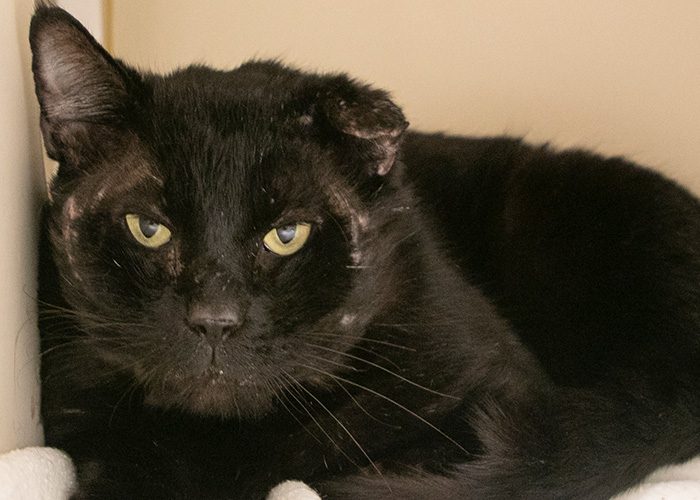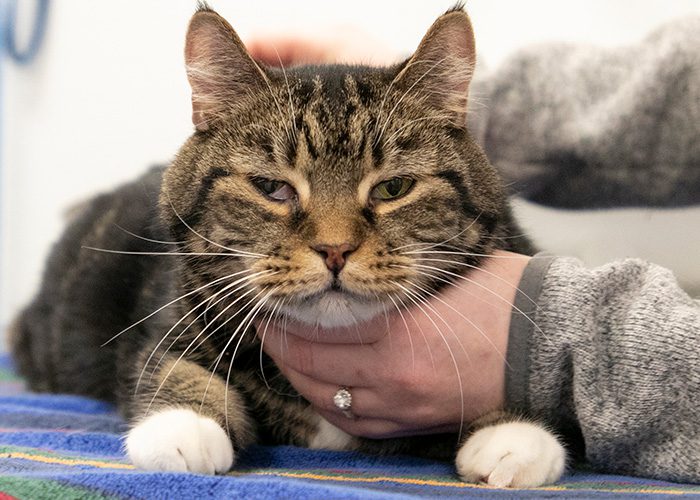Press Release: ARL Named a Finalist in the 2023 Classy Awards
The Classy Awards honor the impact of innovative nonprofits
Boston, MA — Classy, a giving platform that enables nonprofits to connect supporters with causes they care about, has named the Animal Rescue League of Boston as a finalist for the 2023 Classy Awards. Launched in 2009, The Classy Awards shine a spotlight on the innovative work nonprofits are implementing around the globe.
Today, we’re proud to share that ARL’s Wellness Waggin’ has been recognized for its impact for providing low-cost, accessible, and high-quality animal wellness care for pet owners in the underserved areas of Greater Boston.
Launched in 2019, and in partnership with Action for Boston Community Development (ABCD), the Wellness Waggin’ has surpassed 11,000 appointments, serving pet owners in Dorchester, Roxbury, Mattapan, and East Boston.
For $10, the Wellness Waggin’ offers pets a physical exam, rabies and distemper vaccines, flea treatment and microchip.
ARL’s Wellness Waggin’ delivers these services directly where they’re needed most, helping pet owners overcome the hurdles of accessibility and cost, to ensure their pets are happy and healthy.
This year, 11 Classy Awards will be distributed including the People’s Choice Award, which is determined by public vote.
Supporters can vote here from April 6-April 25, 2023. Winners will be announced live on June 7 at the Collaborative by Classy conference in Philadelphia, PA.
For more information on the Classy Awards, visit awards.classy.org.
ABOUT THE ANIMAL RESCUE LEAGUE OF BOSTON:
The Animal Rescue League of Boston (ARL) is an unwavering champion for animals in need, committed to keeping them safe and healthy in habitats and homes. Founded in 1899, ARL provides high-quality veterinary care, adoption, and rescue services; while also confronting the root causes of animal cruelty and neglect through innovative community programs, police investigations, and public advocacy. In 2022, ARL served 20,601 animals throughout Massachusetts. ARL is a non-profit 501(c)3 organization. The Animal Rescue League of Boston does not receive government grants or public funding and relies on the generosity of our supporters to help animals in need. For more information please visit us online at arlboston.org; and be sure to follow us on Facebook, Twitter, and Instagram.
About the Classy Awards
Started in 2009, the Classy Awards recognize nonprofits for their unique approaches and impact on our world. Decided by a well-respected group of judges, the Classy Awards bring together groundbreaking nonprofits and impact leaders to honor the achievements driving lasting change around the globe.
About Classy
Classy, an affiliate of GoFundMe, is a Public Benefit Corporation and giving platform that enables nonprofits to connect supporters with the causes they care about. Classy’s platform provides powerful and intuitive fundraising tools to convert and retain donors. Since 2011, Classy has helped nonprofits mobilize and empower the world for good by helping them raise over $5 billion. For more information, visit www.classy.org.
###




































